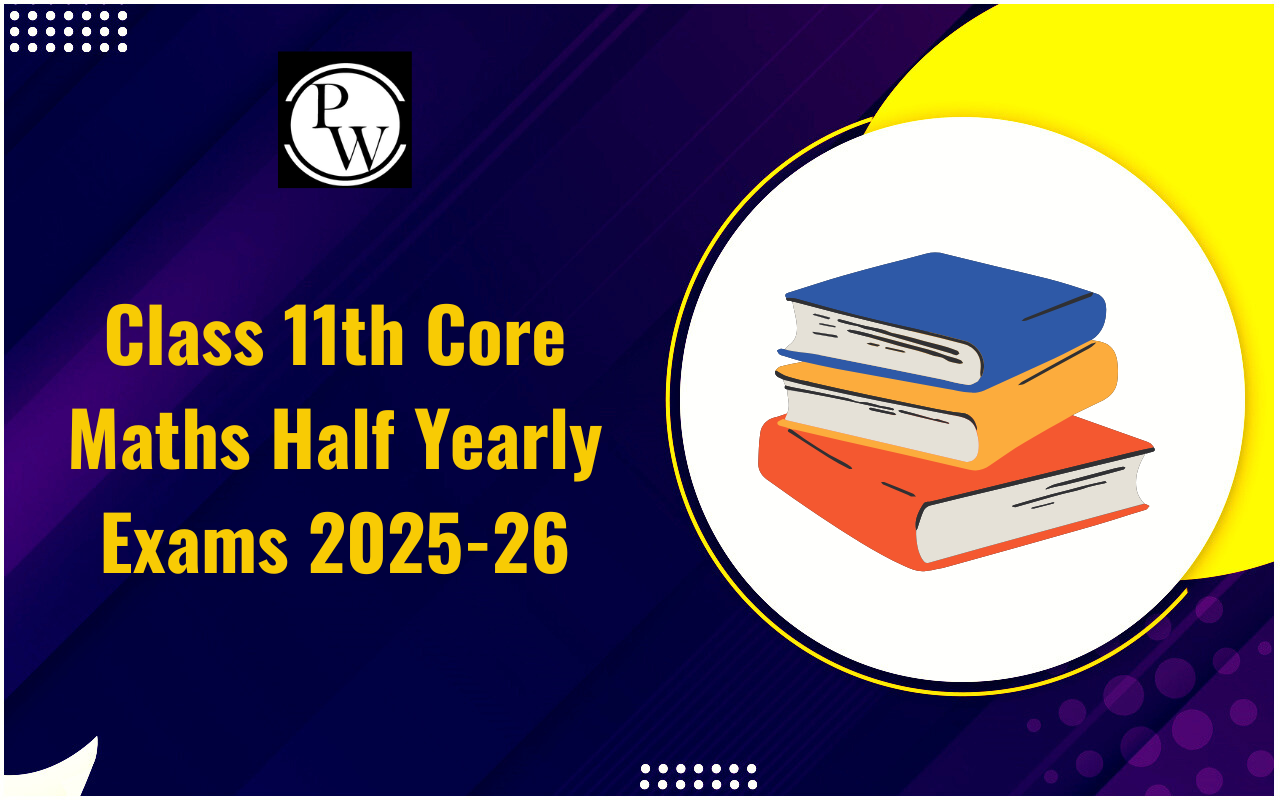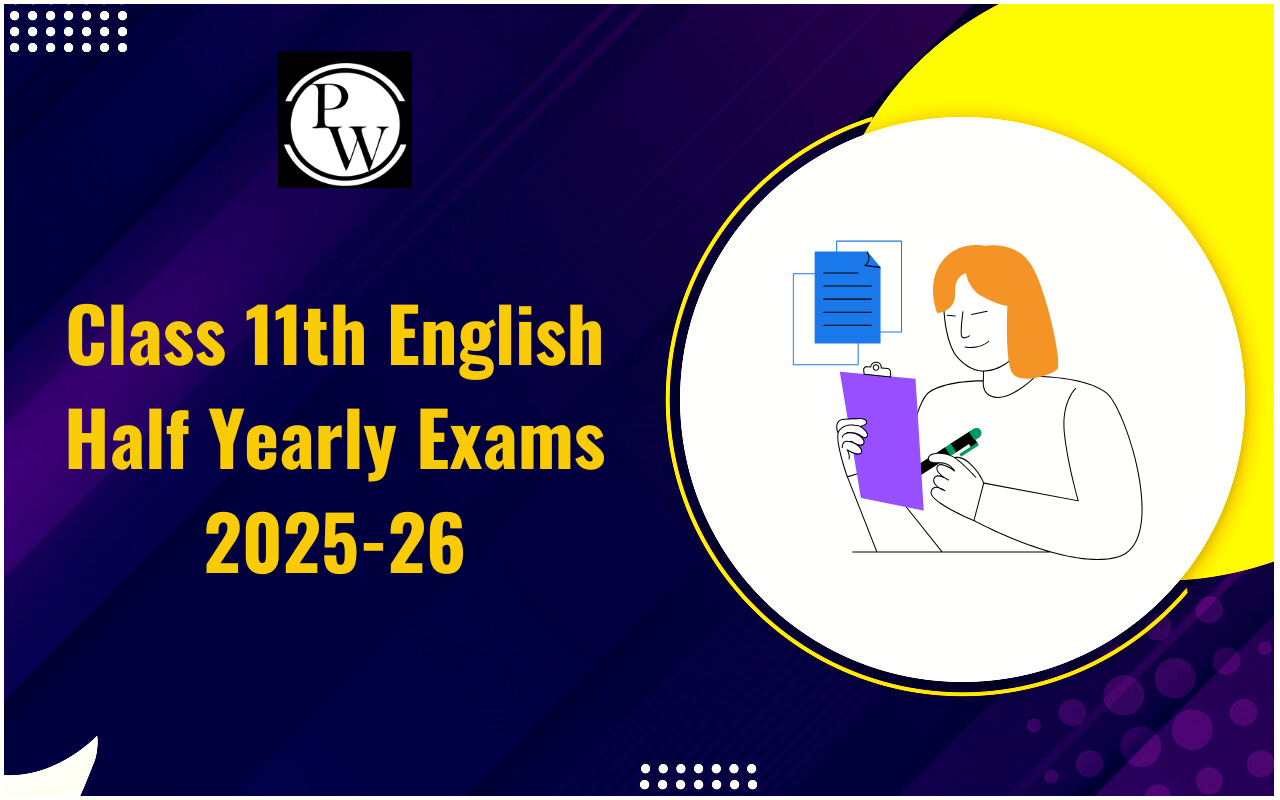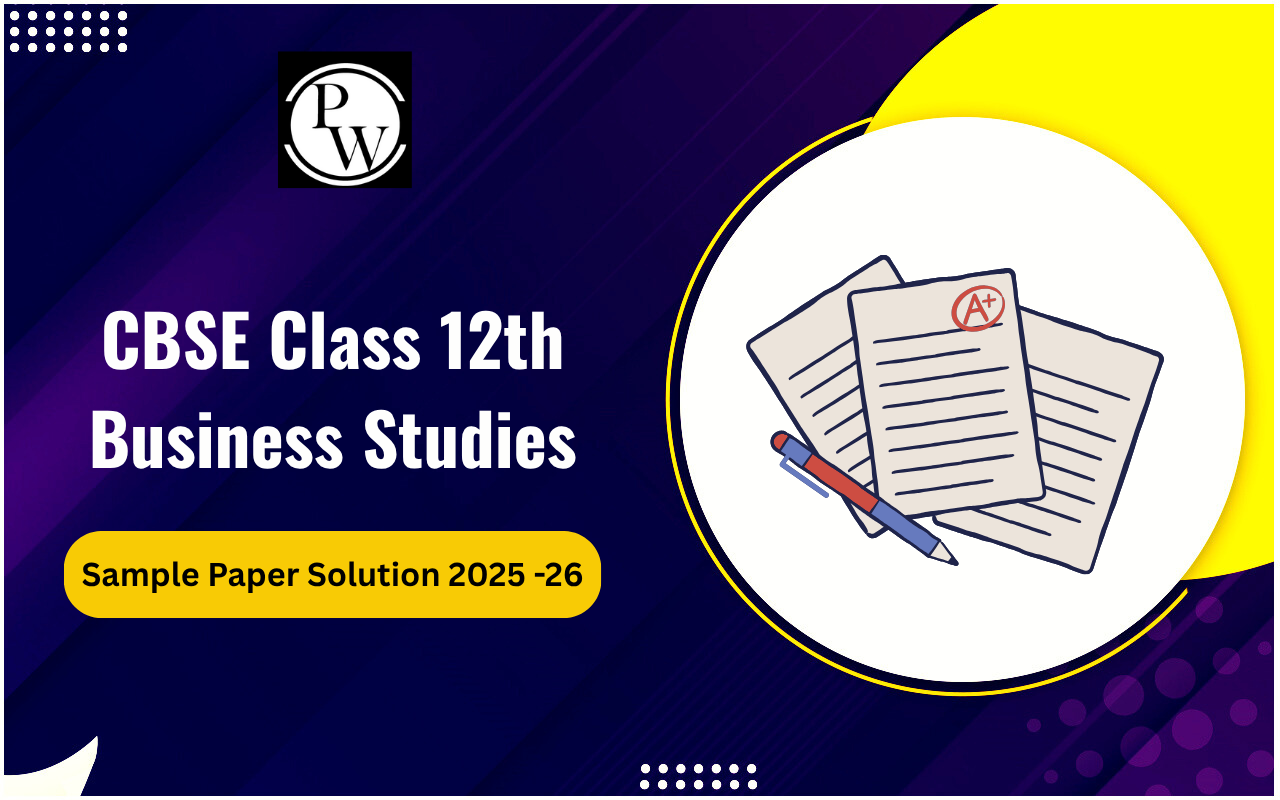
The World Trade Organization (WTO) was established on January 1, 1995, following the Marrakesh Agreement, which replaced the General Agreement on Tariffs and Trade (GATT). The World Trade Organization is the only global organization that governs the rules of trade between nations. Its primary purpose is to ensure that international trade flows as smoothly, predictably, and freely as possible.
The WTO operates based on agreements negotiated and signed by its member countries, which must be ratified by each country’s parliament. These agreements govern trade in products, services, and intellectual property. As a key member, India plays a vital role in shaping fair global trade laws, protecting the interests of developing nations, and fulfilling its commitments to trade liberalization by reducing import restrictions and tariffs. We have provided all the details on the World Trade Organization, including its meaning, objectives, features, functions, and more, here for commerce students.Objectives Of WTO (World Trade Organization)
The World Trade Organization focuses on several key objectives to enhance global trade. Here, we've provided detailed information on the objectives of WTO:1. Facilitating Global Trade Negotiations
The World Trade Organization acts as a central forum where member countries negotiate new trade agreements and work to liberalize international trade further. This process helps countries capitalize on their comparative advantages, allowing for a more efficient allocation of resources. The WTO promotes open and fair trade practices to boost global economic growth and ensure that trade benefits are widely shared.2. Ensuring Transparent Decision-Making
One of the WTO’s core objectives is to improve transparency in its decision-making processes. This is achieved by encouraging active participation from all member countries and striving for consensus in decision-making. By making its processes more open and inclusive, the WTO aims to build trust among members and ensure that decisions are made fairly and accountable.3. Collaborating with International Economic Bodies
The World Trade Organization works closely with other major global economic institutions, such as the International Monetary Fund (IMF) and the World Bank, to create a coordinated global economic policy framework. This collaboration helps align the policies of different institutions and ensures that global economic strategies are implemented effectively, supporting overall economic stability and growth.4. Resolving Trade Disputes Fairly
When trade disputes arise between member countries, the WTO provides a structured and impartial mechanism for resolution. The organization follows a set of established rules and procedures to handle conflicts, ensuring that disputes are settled fairly and without bias. This system helps maintain the integrity of international trade agreements and ensures that member countries adhere to their commitments.5. Setting and Enforcing International Trade Rules
The World Trade Organization establishes and enforces rules for International Trade through various agreements, including those on goods, services, and intellectual property. The organization oversees compliance with these rules and addresses violations through a multilateral dispute settlement system. By maintaining a clear set of rules and ensuring their enforcement, the WTO helps create a predictable and stable trading environment for all member countries. These objectives highlight the WTO’s role in promoting a fair, transparent, and efficient global trading system, supporting both developed and developing nations in their trade endeavours.World Trade Organization Features
The World Trade Organization has several notable features that distinguish it from its predecessor, the General Agreement on Tariffs and Trade (GATT). Here’s a simplified overview of the features of WTO:- Broader Scope of Coverage: The WTO has a much wider scope compared to GATT, which primarily focuses on goods. Unlike GATT, the WTO includes trade in services, investment policies, and intellectual property rights. This expansion ensures that more areas of international trade are covered and regulated.
- One Member, One Vote: Each member country of the WTO has an equal voting right. This means that every member, regardless of size or economic power, has the same influence in decision-making processes, ensuring fairness and equal representation.
- International Privileges for Members: WTO members enjoy significant international privileges. These include access to global markets and protections against discriminatory trade practices by more developed countries. The organization works to ensure that all members, including smaller and weaker nations, have fair access to international trade opportunities.
- Unified Agreements: The WTO administers a comprehensive set of agreements to which all members are committed. This unified package covers a broad range of trade-related issues and ensures that member countries adhere to the same rules and standards.
- Forum for Discussions: The WTO serves as a key platform for dialogue among its member countries. It provides a forum where nations can discuss trade issues, negotiate agreements, and address disputes, helping to foster cooperation and understanding in global trade.
Also Read: International Trade Institutions and Trade Agreements
Functions Of WTO (World Trade Organization)
The World Trade Organization is crucial in shaping and regulating global trade. Its functions are wide-ranging and are designed to promote a fair and efficient international trading system. Here, check for more details on the functions of WTO:- Facilitating International Trade: The WTO helps facilitate international trade by working to remove barriers like tariffs and non-tariff obstacles. Doing so provides greater market access for all member countries, allowing them to trade more freely and efficiently with one another.
- Establishing Trade Rules: One of the key functions of the WTO is establishing a rule-based trading system. This means that countries cannot impose arbitrary restrictions on trade. Instead, trade policies must adhere to the agreed-upon rules, ensuring that all member nations operate on a level playing field.
- Protecting Developing Countries: The WTO is committed to protecting the interests of developing countries. It does this by framing fair global trade rules and regulations that safeguard their needs and concerns. This helps ensure that developing countries can benefit from global trade on equal terms with more developed nations.
- Promoting Optimal Resource Utilization: The WTO also focuses on the optimal utilization of global resources. By encouraging the increase in production and trade of goods and services, the WTO helps ensure that world resources are used efficiently and sustainably.
- Providing a Platform for Trade Negotiations: The WTO serves as a forum where member countries can come together to discuss and negotiate future trade strategies. This platform is essential for addressing ongoing trade issues, further liberalizing trade, and ensuring that the multilateral trading system continues to evolve and thrive.
Also Read: International Monetary Fund (IMF)
Furthermore, the WTO is essential in ensuring fair and transparent global trade by setting rules, resolving disputes, and supporting the interests of all member nations. The key takeaway is that a well-regulated trading system is crucial for economic growth and global cooperation. Therefore, Physics Wallah (PW) is the top choice for Commerce students seeking quality coaching. With expert guidance and a strong focus on success, PW helps students excel in their studies and prepare for promising careers in commerce. Ready to excel in your commerce studies? Join the PW Commerce Online Course today and start your path to success!| Also Check: | |
| Intermediate Goods | Infrastructure |
| Demonetisation | Difference between Efficiency and Effectiveness |
| Development Economics | Recession |
WTO (World Trade Organization) FAQs
What is the WTO in commerce?
The World Trade Organization (WTO) is an international body that sets the rules for global trade between nations. Its main goal is to ensure that trade flows smoothly, predictably, and as freely as possible, helping countries engage in fair trade.
What is the role of the WTO?
The WTO serves multiple roles: it manages a global system of trade rules, provides a platform for countries to negotiate trade agreements, resolves trade disputes between its members, and supports developing nations in improving their trade capacities.
What are the 5 principles of the WTO?
The five key principles of the WTO are nondiscrimination, reciprocity, enforceable commitments, transparency, and safety valves. Nondiscrimination includes the most-favoured-nation (MFN) rule and national treatment, which ensures fair treatment in trade for all member countries.
What is the main aim of the WTO?
The primary aim of the WTO is to help its members use trade to raise living standards, create jobs, and improve people's lives. By operating the global system of trade rules, the WTO also helps developing countries build their trade capacity.
Is the WTO good or bad?
The WTO is widely regarded by trade experts as an effective international organization. It plays a crucial role in managing global trade, although it has faced criticism and misunderstandings regarding its rules, objectives, and operations.
Talk to a counsellorHave doubts? Our support team will be happy to assist you!

Free Learning Resources
PW Books
Notes (Class 10-12)
PW Study Materials
Notes (Class 6-9)
Ncert Solutions
Govt Exams
Class 6th to 12th Online Courses
Govt Job Exams Courses
UPSC Coaching
Defence Exam Coaching
Gate Exam Coaching
Other Exams
Know about Physics Wallah
Physics Wallah is an Indian edtech platform that provides accessible & comprehensive learning experiences to students from Class 6th to postgraduate level. We also provide extensive NCERT solutions, sample paper, NEET, JEE Mains, BITSAT previous year papers & more such resources to students. Physics Wallah also caters to over 3.5 million registered students and over 78 lakh+ Youtube subscribers with 4.8 rating on its app.
We Stand Out because
We provide students with intensive courses with India’s qualified & experienced faculties & mentors. PW strives to make the learning experience comprehensive and accessible for students of all sections of society. We believe in empowering every single student who couldn't dream of a good career in engineering and medical field earlier.
Our Key Focus Areas
Physics Wallah's main focus is to make the learning experience as economical as possible for all students. With our affordable courses like Lakshya, Udaan and Arjuna and many others, we have been able to provide a platform for lakhs of aspirants. From providing Chemistry, Maths, Physics formula to giving e-books of eminent authors like RD Sharma, RS Aggarwal and Lakhmir Singh, PW focuses on every single student's need for preparation.
What Makes Us Different
Physics Wallah strives to develop a comprehensive pedagogical structure for students, where they get a state-of-the-art learning experience with study material and resources. Apart from catering students preparing for JEE Mains and NEET, PW also provides study material for each state board like Uttar Pradesh, Bihar, and others
Copyright © 2025 Physicswallah Limited All rights reserved.
Get App









